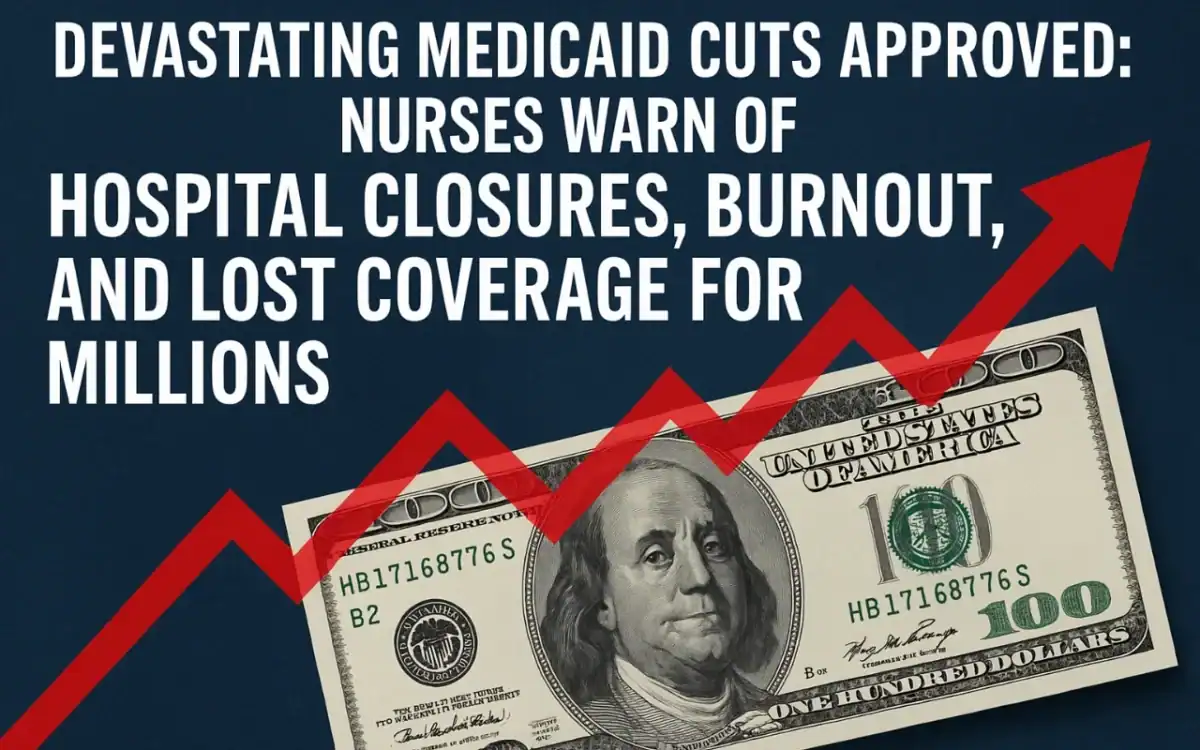By Ron Calhoun
Ohio is poised to implement a 2.75 percent flat income tax, a major shift embedded in the newly signed $60 billion biennial state budget. Republican leaders say the policy will simplify taxes and promote growth, but analysts warn the change will disproportionately benefit high-income residents while putting public services, including education, health care, and infrastructure, at risk.
What the flat tax changes
Currently, Ohio’s income tax system includes:
- 0 percent on income up to $26,050
- 2.75 percent on income from $26,051 to $100,000
- 3.5 percent on income over $100,000
Under Senate Bill 3 and House Bill 30, the state would consolidate all taxable income above $26,050 into a flat 2.75 percent rate, eliminating the higher 3.5 percent bracket beginning in tax year 2026.
A Policy Matters Ohio report, using data from the Institute on Taxation and Economic Policy (ITEP) and the Ohio Legislative Service Commission, estimates the change would reduce state revenue by $1.1 billion annually. The same analysis shows that the top 20 percent of earners would receive 96 percent of the total tax cut, while the bottom 80 percent would receive just 2.88 percent. The top 1 percent, households earning over $500,000, would receive more than 40 percent of the total benefit.
Income inequality drives county-level impact
While the tax applies statewide, its benefits are not evenly distributed. Counties with lower incomes, including Adams ($40,014), Meigs ($41,379), and Scioto ($43,390), will see little to no benefit, according to U.S. Census Bureau SAIPE data. Residents in those areas often earn below the taxable threshold, and many rely on state-funded programs that could be weakened by reduced revenue.
In contrast, wealthier counties like Geauga ($90,177) and Delaware ($116,315) house a larger share of high-income households who would directly benefit from the 0.75-point rate cut.
“Ohio’s wealthiest 20 percent of households will reap nearly all the benefits of a flat, 2.75 percent income tax,” said Hannah Halbert, executive director of Policy Matters Ohio. “Lawmakers have enacted a budget that will make teachers and truck drivers pay the same income tax rate as billionaires.”
Flat tax may force cuts to education, health care, and public works
Ohio’s General Revenue Fund (GRF) supports public education, Medicaid, and capital improvements. A $1.1 billion annual loss could force reductions across these sectors.
Education: Pressure on districts and levies
Districts dependent on state aid could face:
- Flat or reduced per-pupil funding
- Delays in fully implementing the Fair School Funding Plan
- Greater reliance on local levies, especially in low-wealth districts
“The flat tax is not a neutral policy,” said Melissa Cropper, president of the Ohio Federation of Teachers. “It diverts resources away from the schools and services our students depend on.”
Medicaid: Risk to coverage and federal matches
Medicaid covers 1 in 4 Ohioans and is largely federally funded, but requires a state match from the GRF.
“As one in four Ohioans relies on Medicaid, cutting the General Revenue Fund would threaten access and coverage,” said Loren Anthes, a Medicaid policy fellow at the Center for Community Solutions.
Infrastructure: Deferred projects and lost federal funding
Ohio often uses GRF to meet matching requirements for federal infrastructure grants. Budget shortfalls could result in:
- Delayed road, water, and transit upgrades
- Missed opportunities to draw down federal Infrastructure Investment and Jobs Act (IIJA) dollars
“When states can’t provide the match, they leave federal money on the table,” said Leah Hudnall, director at Opportunity Ohio.
(U.S. Treasury IIJA FAQ)
A simple tax with complex consequences
The flat tax offers simplicity, but at a potential cost to equity and state solvency. Whether the economic benefits materialize remains to be seen, but the revenue losses are immediate and quantifiable.
Policy Matters Ohio and ITEP estimate that nearly all tax relief benefits Ohio’s top earners, while the rest of the state may bear the burden through reduced services or local tax increases.
What readers can do
TCO invites readers to share how the flat tax could affect your household or community:
- Contact your state legislators about how budget changes may impact education, health care, or infrastructure in your area.
- Attend local budget hearings and school board meetings to stay informed.
- Share your story with us. Email info@cleobserver.com or tag @cleobserver on social platforms.




